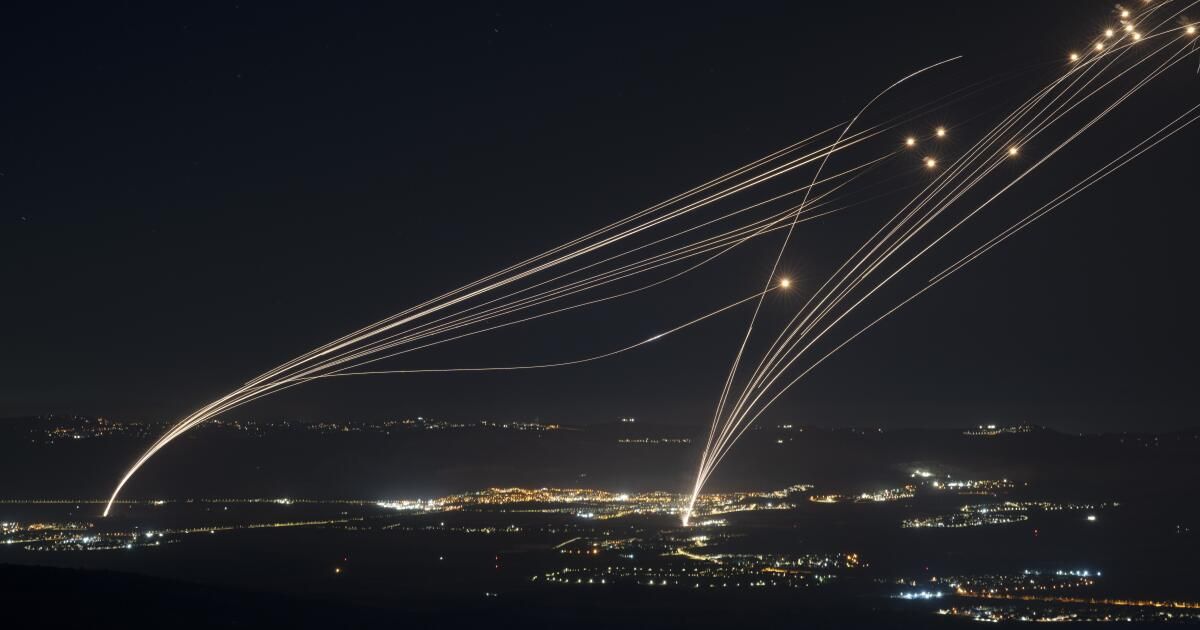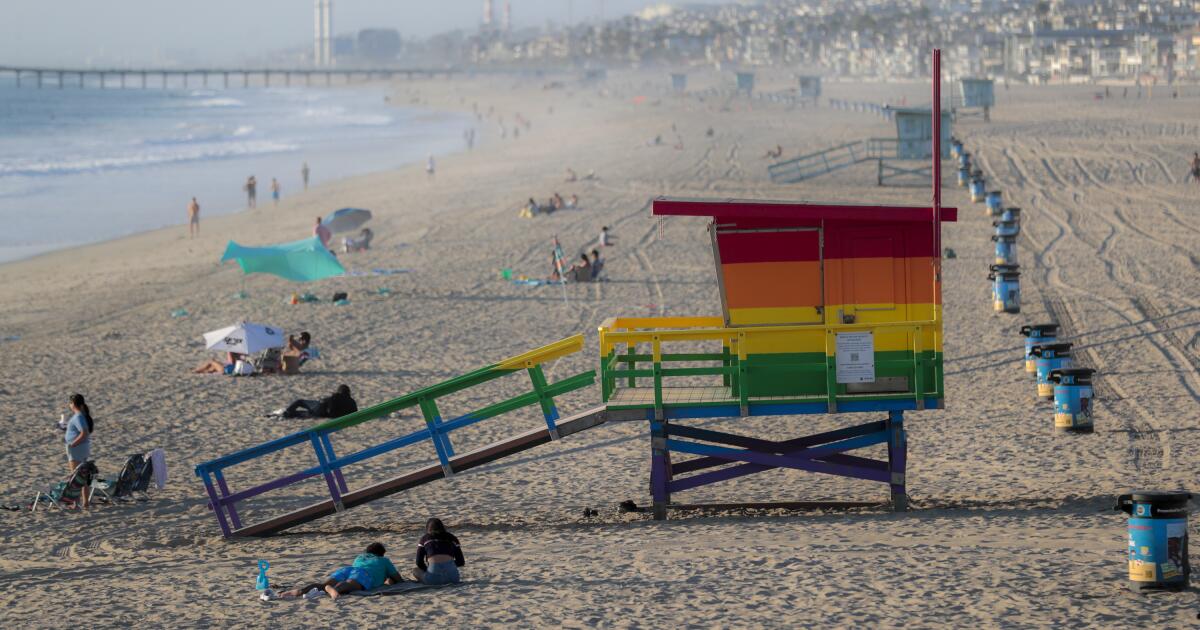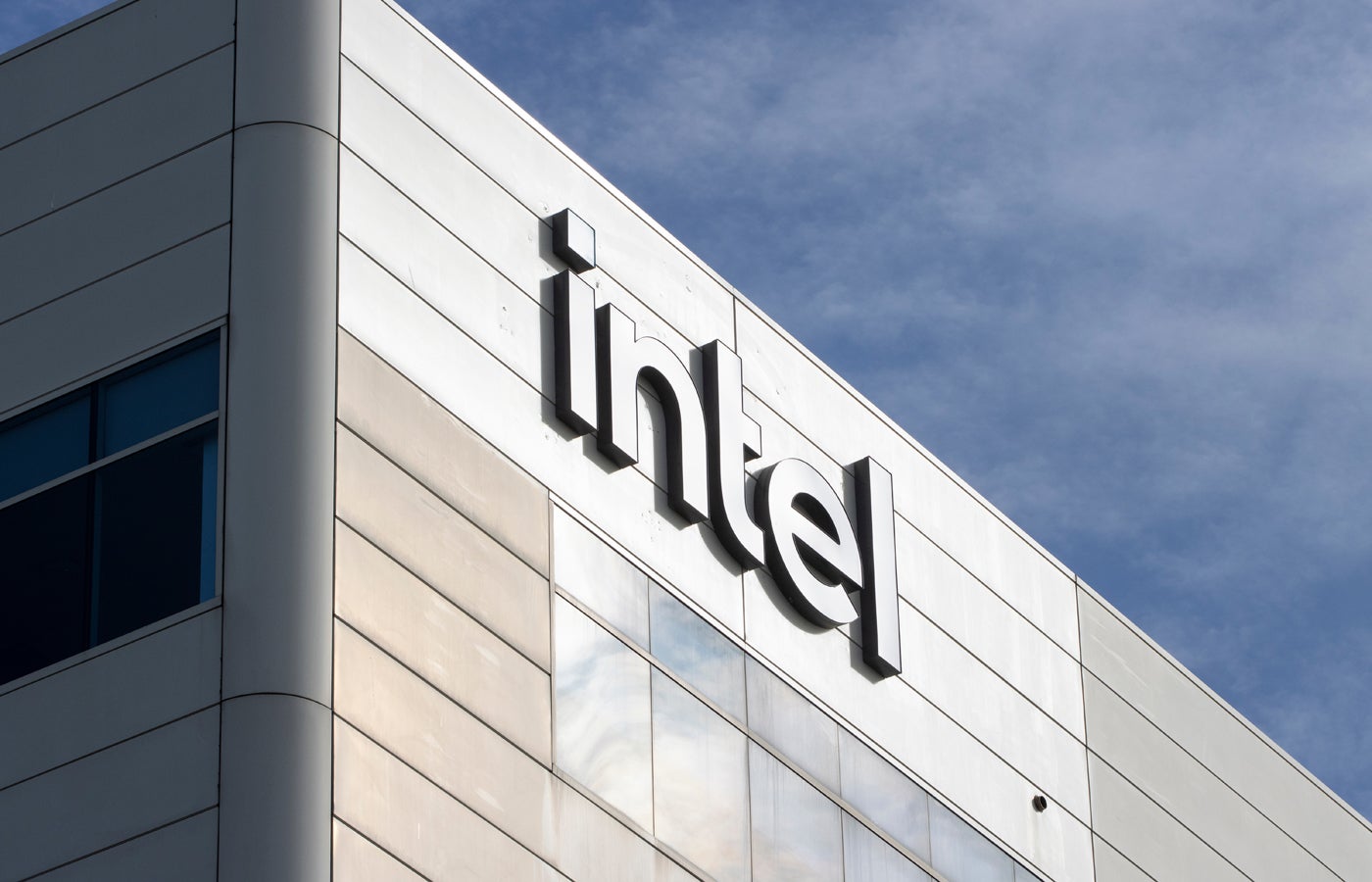There may be wisdom in the cliché. More than 120 years after the philosopher George Santayana He wrote: “Those who cannot remember the past are condemned to repeat it,” their well -known phrase remains an essential guide for national defense. Case in question: The French failed to extract the appropriate lessons of the brutal trench War of the First World War and built a better static defense, but still fixed in the 1930s, the 1930s, the 1930 Maginot line – That was simply to ignore the Germans on their way to Paris during World War II.
It can also be a mistake to learn too much from a recent success, applying those lessons to different circumstances. For example, Israel has had a remarkable success in the defense of ballistic missiles with their “Iron dome“, Built to defend against missile attacks short and medium of its regional enemies. Therefore, President Trump has launched his program to expand the current defenses of the United States missiles and build a”Golden dome“-Similar in concept, but designed to defend all the United States against long-range missile attacks. And already, with little national debate, Congress is assigning $ 38 billion this year towards the estimated final cost of $ 175 billion, which will be completed in January 2029, its moment of separation from the president (assumes that he leaves the White House).
Is this modern shield a sustainable or wise option to assign dollars of defense of the United States? It is assumed that the defense of Israeli missiles against threats in their neighborhood can be replicated by the United States, a nation almost 450 times the size of Israel, against global threats, including the great World Cups, Russia and China. This assumption could produce an enormously expensive, not “golden” company, but constructed of Fool's Gold, with such little thought for the future strategic environment as the French gave the Maginot line.
The vision of an American audience protected from nuclear disaster is attractive, and the Threats are real. Balistic missiles are a clear danger to the allies and bases of us and our homeland. Russia has hundreds of long -range ballistic missiles that can hit the United States in a matter of minutes; China is improving its arsenal of long -range weapons and has a huge shorter range missile arsenal that could hit Taiwan and other allies and bases of the United States in the Asia and Pacific region.
Sinister, yes. But even more important in the evaluation of Golden Dome is that today's threats are evolving rapidly, starting with long -range ballistic missiles. These systems that travel at significantly greater speeds are inherently more difficult to defend than the threats faced by Israel. Russia, China and others are also investing in advanced missiles designed to evade defenses through their trajectory, maneuverability and display of lures.
The largest ballistic missiles are also becoming more capable of evasion. When they shoot in large groups, a significant defense can penetrate, as they did sometimes during the 12 -day war with Israel.
Balistic missiles are not the only strategic threat. Testify the use of cheap Ukraine, Armed drones conventionally to aim at the strength of Russia strategic bombers in a successful surprise attack in May. We should anticipate that our adversaries invest in cheap swarms of lethal drones and other new technologies to avoid our golden and revealing dome, such as German tanks without going through the Maginot line.
Golden Dome's defense design also remains incomplete. According to reports, it will include terrestrial and spatial interceptors as part of a defense in layers. But the details are incomplete and still difficult to evaluate. United States Defense Contractor Lockheed Martin He says that the Golden Dome is about “connecting a global variety of complex systems that need to work at the speed of lightning and with precision precision at the time of truth of the mission.”
That sounds impressive, even intimidating. But the rules of physics, and the dynamics of offensive defense have historically worked against the strategic antimile defense systems. Incoming weapons must be detected; The interceptors must be guided to their objectives through scholarship swarms; And the defense in the “moment of truth” must achieve an almost perfect score against an increasingly lethal matrix.
Imagine a relatively “small” attack of 100 missiles with a nuclear tip and a golden dome that demolishes 80% of the incoming flood. Quite well. But that still leaves 20 nuclear eyes capable of destroying 20 American cities, with swarms of non -detected nuclear drones that precipitate, and in space. Nuclear detonations devastating civil and military communications for years. Could any rational American president trust such a defense in a real crisis?
In addition, what happens if an American president, believing the rhetoric that surrounds the gold dome, calculated that it could achieve American domain through the threat or real use of nuclear weapons, without fear of a nuclear response? As we isolate ourselves more from allies and others worldwide, the golden dome could help us lock us in a kind of golden cage.
Which takes us back to cost. The Trump administration estimates the price of Golden Dome to reach $ 175 billion. However, the Congress Budget Office He believes that space -based interceptors could only cost more than $ 500 billion, equivalent to half of the annual defense budget. In a new era of federal expenditure, which will greatly expand our budgetary deficits while reducing programs for our most needy citizens, the cost of the gold dome is inconceivable.
Forty years ago, President Reagan proposed An ambitious antimisile defense system, highly complex with space interceptors. Reagan Special Advisor, Paul NitzeHe declared that “Star Wars” (as the media called it) must be deployed only if the defense were effective, surviving and “profitable in the margins”, or in their words: “they must be cheap enough to add an additional defensive capacity so that the other side does not have an incentive to add an additional offensive capacity to overcome the defense.”
Nitze's criteria prevailed: two successive US administrations recast the United States missile defenses to focus on short and medium -sized threats, not on the immensely more capable threats of Russia and China. Over timeOur missile defenses became more affordable, focused and effective, without the spending of space interceptors. Savings were applied to other national defense and priorities. And the United States became stronger.
A good lesson from the past.
Steven Andreasen, who served as staff director of the National Security Council for Defense Policy and Weapons Control from 1993 to 2001, teaches Public policy at the University of Minnesota. Anthony Lake was national security tutor In the Clinton administration.











